NASA's Hubble Space Telescope finds spiraling stars, set to reveal secrets of early universe
NASA's Hubble Space Telescope has found spiraling stars whose observations can help reveal secrets of the early universe.
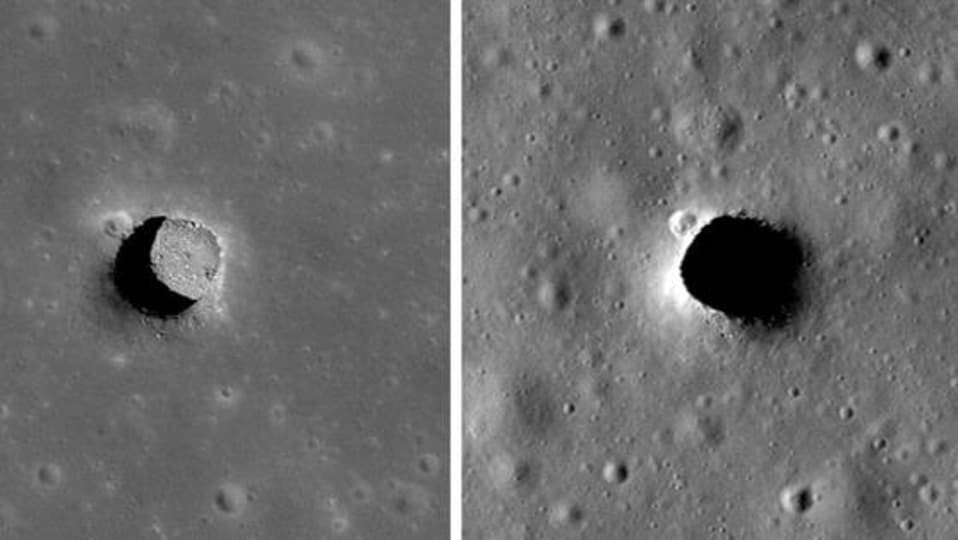
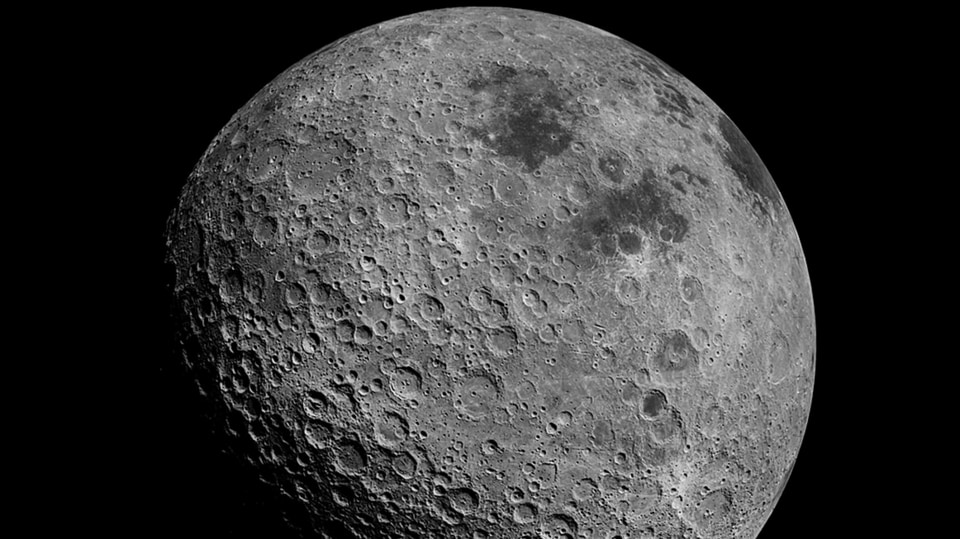
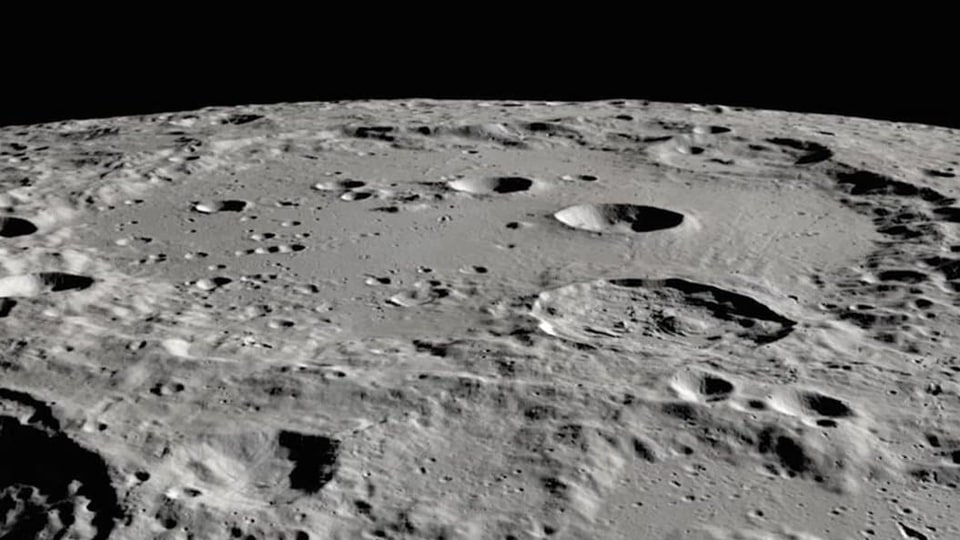
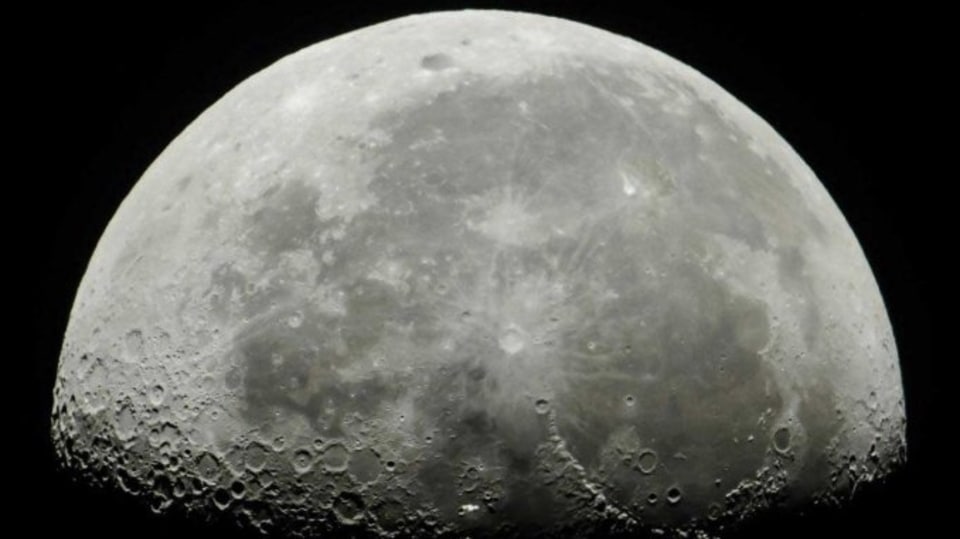
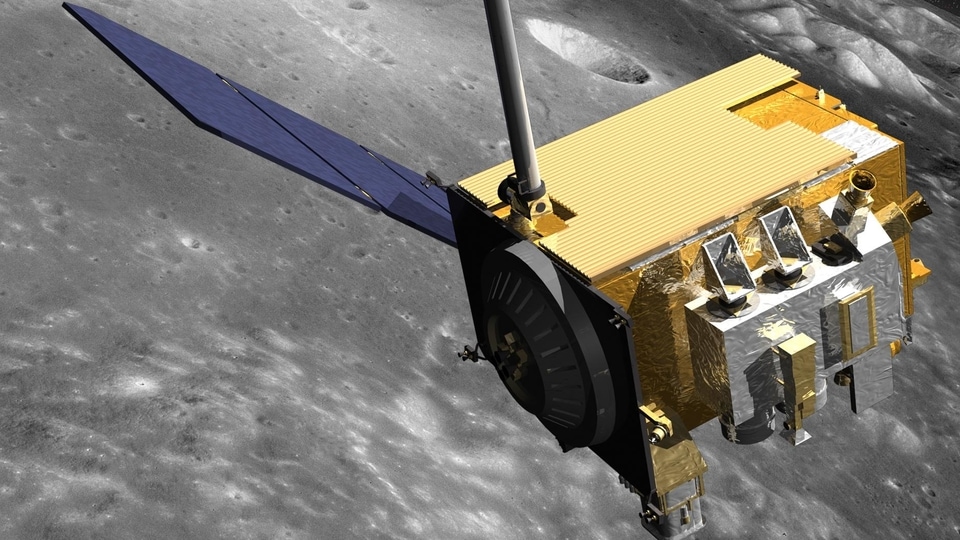


 View all Images
View all ImagesVery little is known about the early universe. Many secrets have remained hidden from human observation despite the Herculean effort of space agencies. As continuous research and observations are being made by the scientists and researchers, more exciting things are popping up. And now with the help of NASA's Hubble Space Telescope, astronomers have observed stars spiralling into the centre of a huge stellar nursery named NGC 346. It is being said that these observations will help unveil more clues about our early universe. Sounds exciting right?
"Nature likes spirals – from the whirlpool of a hurricane, to pinwheel-shaped protoplanetary disks around newborn stars, to the vast realms of spiral galaxies across our universe. Now astronomers are bemused to find young stars that are spiraling into the center of a massive cluster of stars in the Small Magellanic Cloud, a satellite galaxy of the Milky Way," NASA said in a report.
According to the information provided by NASA about the spiraling stars, the outer arm of the spiral may be feeding star formation in a river-like motion of gas and stars. This is an efficient way to fuel star birth, researchers say. The Small Magellanic Cloud has a simpler chemical composition than the Milky Way, making it similar to the galaxies found in the younger universe, when heavier elements were more scarce. Because of this, the stars in the Small Magellanic Cloud burn hotter and so run out of their fuel faster than in our Milky Way.
"Though a proxy for the early universe, at 200,000 light-years away the Small Magellanic Cloud is also one of our closest galactic neighbors. Learning how stars form in the Small Magellanic Cloud offers a new twist on how a firestorm of star birth may have occurred early in the universe's history, when it was undergoing a "baby boom" about 2 to 3 billion years after the big bang (the universe is now 13.8 billion years old). The new results find that the process of star formation there is similar to that in our own Milky Way," NASA said.
About the NGC 346
The NGC is 150 light-years in diameter and boasts the mass of 50,000 Suns. Its intriguing shape and rapid star formation rate has puzzled astronomers. It took the combined power of NASA's Hubble Space Telescope and the European Southern Observatory's Very Large Telescope (VLT) to unravel the behavior of this mysterious-looking stellar nesting ground.
NASA informed that half of the Hubble data for this study of NGC 346 is archival. The first observations were taken 11 years ago. They were recently repeated to trace the motion of the stars over time. Given the telescope's longevity, the Hubble data archive now contains more than 32 years of astronomical data powering unprecedented, long-term studies.
Did you know?
What do you know about NASA's Hubble Space Telescope? The Hubble Space Telescope is a project of international cooperation between NASA and ESA. The Telescope's mirror-based optical system collects and focuses light from the universe to be analyzed by science and guidance instruments. The optical system, called the Optical Telescope Assembly (OTA), gives Hubble a unique view of the universe by gathering infrared, visible and ultraviolet light.
Catch all the Latest Tech News, Mobile News, Laptop News, Gaming news, Wearables News , How To News, also keep up with us on Whatsapp channel,Twitter, Facebook, Google News, and Instagram. For our latest videos, subscribe to our YouTube channel.





























